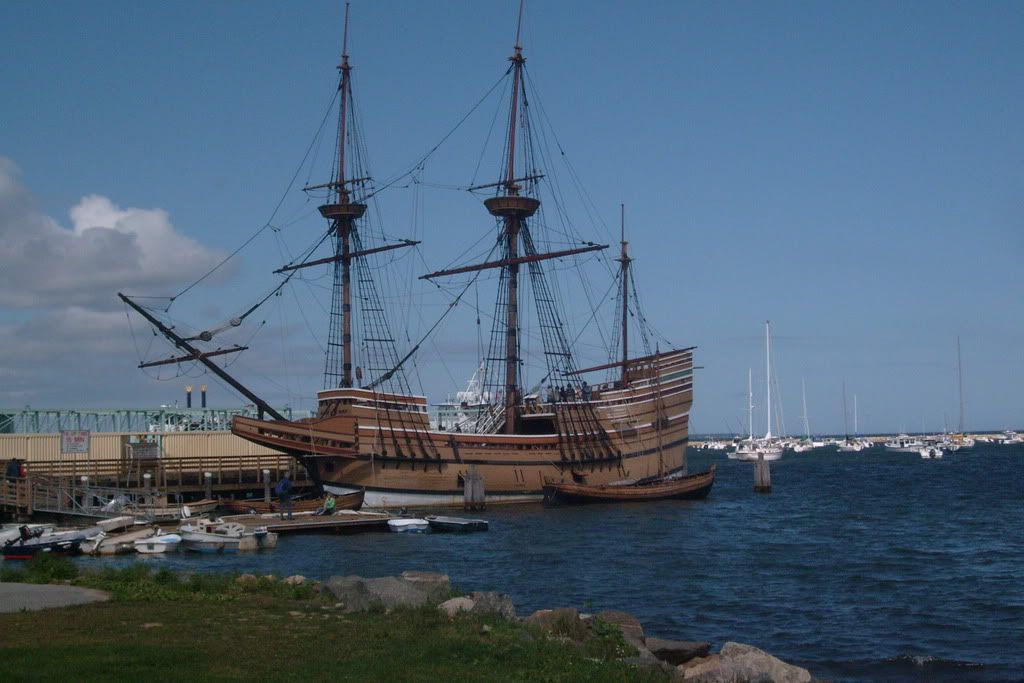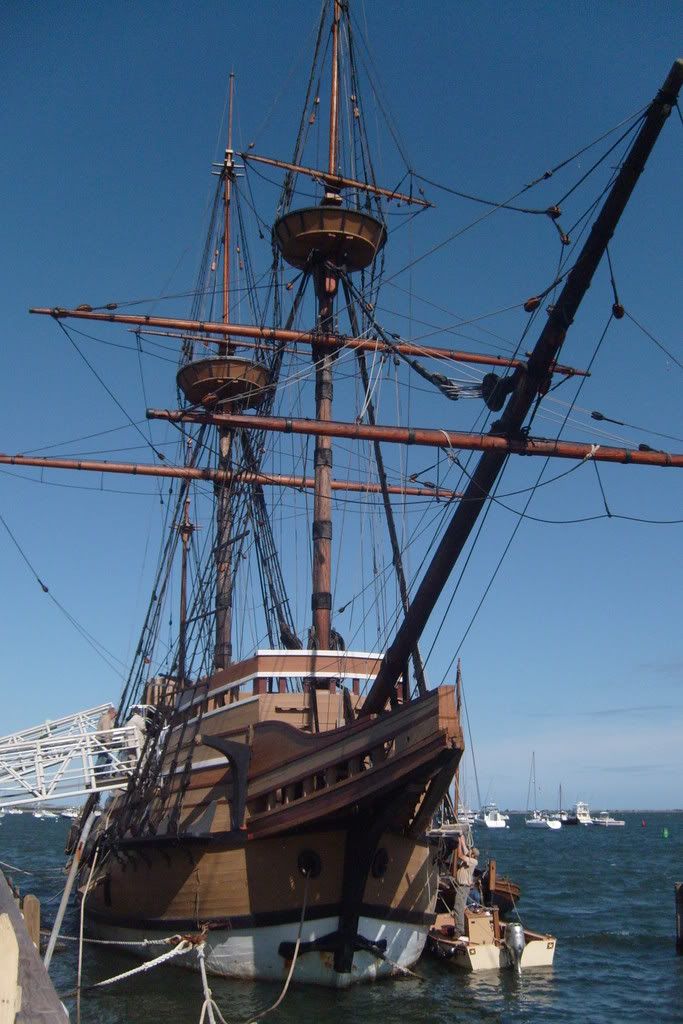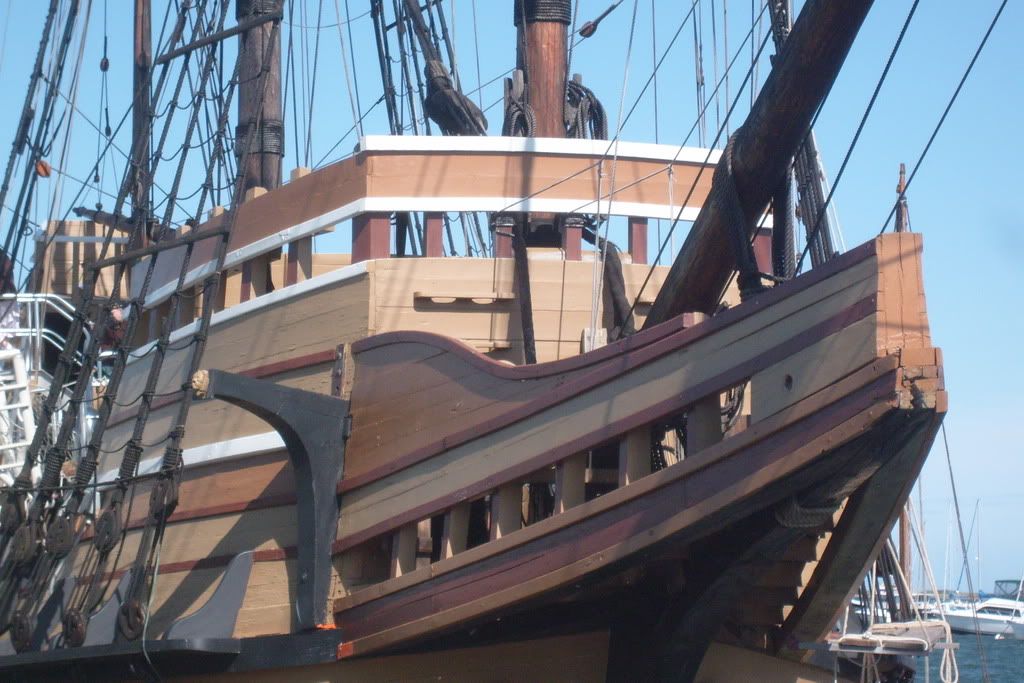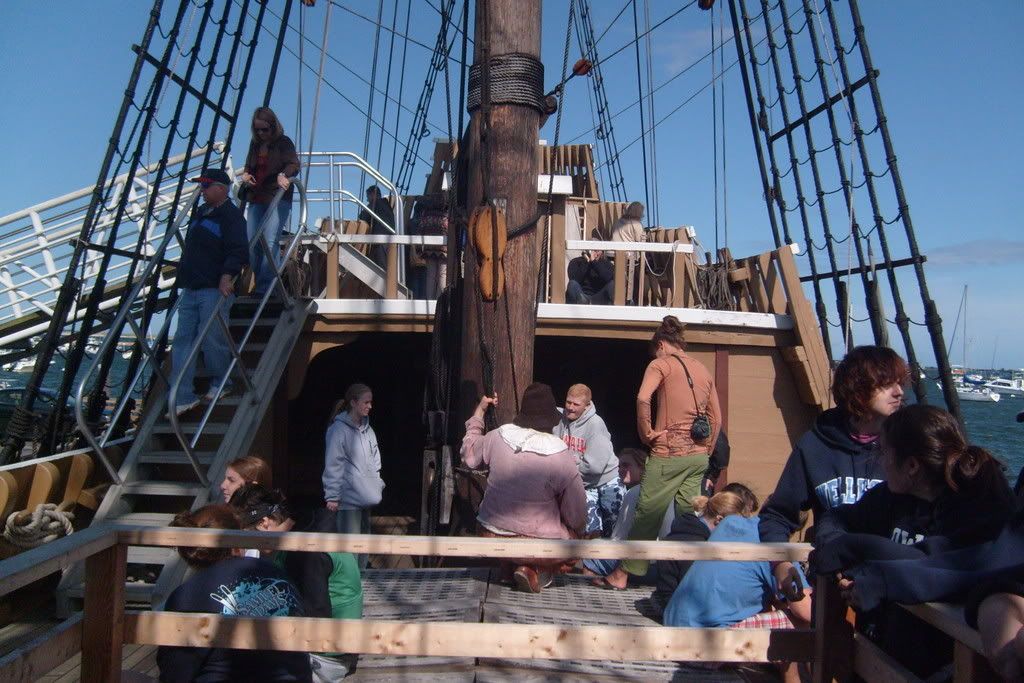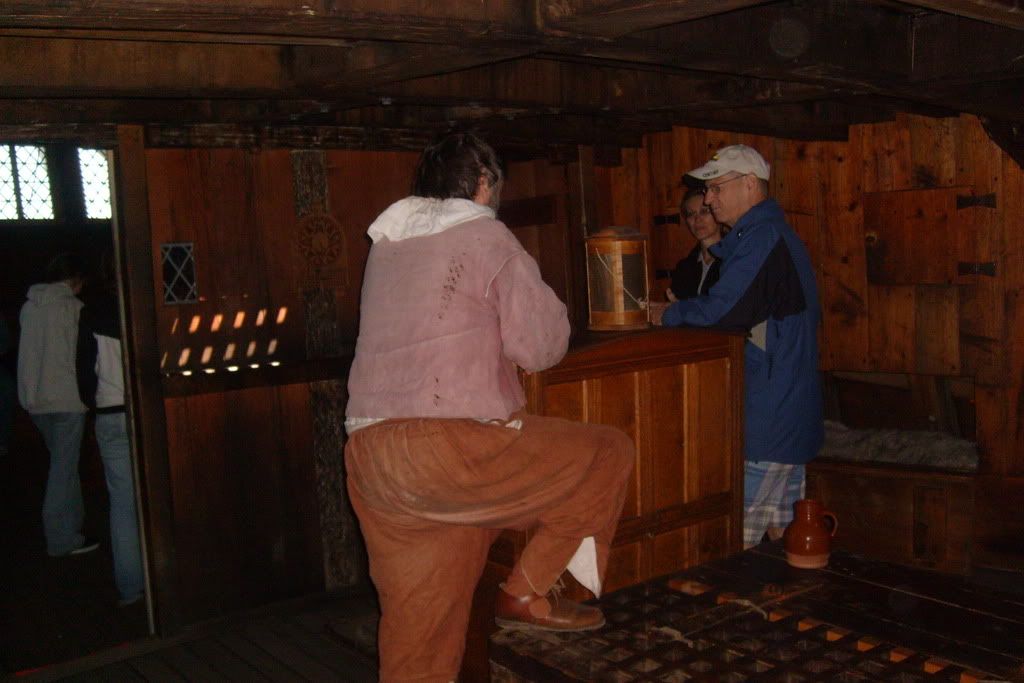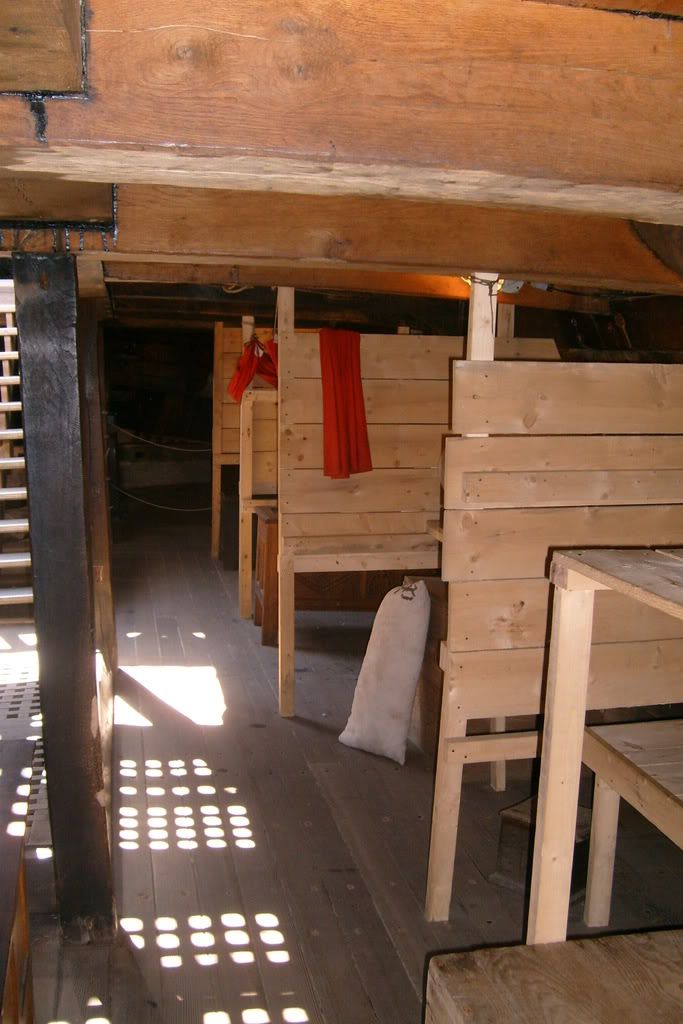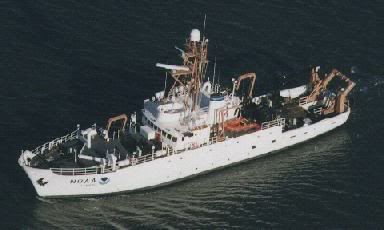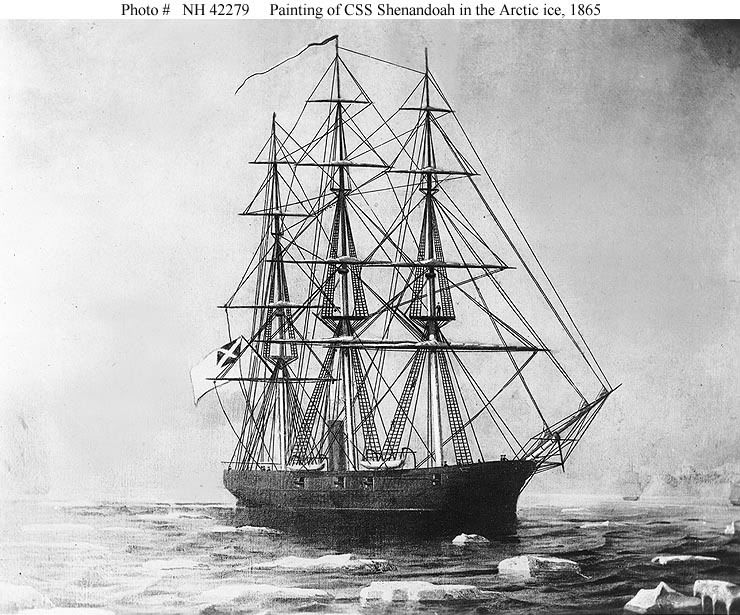
Stats from the US Navy:
Launched: August 1963 (as the HMS Sea King)
Commissioned: 19 October, 1964
Decommissioned: 6 November, 1865
Length: 230 ft
Beam: 32 ft
Draught: 20 ft 6 inches
Displacement: 1160 tons
Compliment: 109
Speed: 9 kts under steam
Rig: Ship rigged
Power Plant: steam engine and single shaft
Armament: 4 8" smoothbore cannon
2 32 pound rifled cannon
2 12 pound cannon
Prior to her historic voyage as the CSS Shenandoah, the ship she would become was known as the HMS Sea King and was designed as a British Troop Transport. On 8 October, 1864, the Sea King set sail in theory for British India, however she secretly rendezvoused with a Confederate steamer in the Madeiras Islands, off the coast of Africa, where she received her armaments and a portion of her crew, and was transformed from transport to cruiser-raider. Her commanding officer, Lieutenant James I. Waddell, oversaw her conversion, and after assembling a scant half crew from volunteers from the original crew of the former Sea King and from the Confederate steamer, commissioned the ship the CSS Shenandoah.
The plan drawn up by the Confederate Navy Department was for the Shenandoah to travel around the Cape of Good Hope and through the Indian Ocean, and raid the formerly safe waters of the Pacific Ocean, concentrating on American whaling ships, and merchant ships in trade with Africa. By early 1865, she had crossed the South Atlantic and Indian oceans, taking several prizes, and burning the majority of them. Arriving in the Pacific, the Shenandoah docked in Melbourne, Australia, to take on additional crew and supplies. Waddell then headed north across the Pacific, wreaking havoc on the American whaling fleet, especially in the region along the Bearing Strait just south of the Arctic circle. After capturing (and burning the majority of) 21 prizes, on his run south along the coast of Latin America, Waddell recieved news on 2 August from a British ship about the American Civil War's termination some four months prior. At that date, the crew of the Shenandoah removed all traces of her being a Confederate warship, including dismounting all guns and painting the ship to look like a merchant vessel. She continued around Cape Horn, and on November 6th, 1865, Waddell and crew entered Liverpool, Great Britian, and surrendered to the British, thus ending the career of the only Confederate warship to circumnavigate the globe.
Read more!
